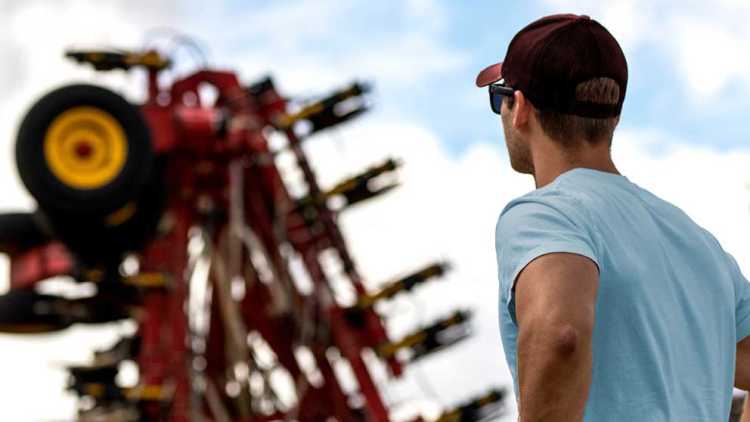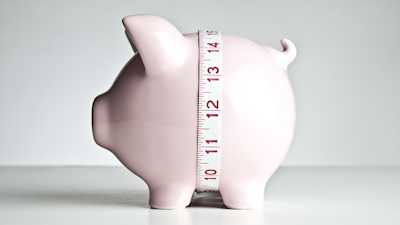Want a realistic idea of profits? Watch your machinery costs

Can you count on decent profits in a good year? If not, farm finance experts say you might want to re-evaluate your expenses. As one of the most significant expenses, they add, machinery often requires scrutiny.
Have a realistic idea of profits
Shannon Lueke, farm management consultant with MNP, says expenses can be divided into three general categories:
Production
Land, building and finance
Labour and machinery costs
When calculating the overall cost of machinery, operating costs, fuel, maintenance and depreciation must be accounted for.. Overall, she says every farm should be able to line-up expenses with expected gross income (in a good year) and see a 10- to 20- per-cent profit margin. If a farmer can’t plan for profit under decent conditions, something needs to be corrected.
Is your farm generating a 10 – 20 % profit during a good year? If not, re-evaluating your machinery costs is a good place to start.
In her experience, Lueke says machinery that does not scale to a farmer’s land-base can negatively impact their expense-to-income ratio. She also says the land’s ability to produce should be considered – that is, is the land capable of producing high-value crops like canola, or is it better for lower-value commodities?
“If you have the right amount of rain, sun and love from Mother Nature, what can you grow?” Lueke says.
Don’t ignore tighter margins
Craig Klemmer, principal agricultural economist with Farm Credit Canada, agrees that clear bookkeeping is important. However, he adds the profit expectations should reflect the generally tighter profit margins experienced in recent years.
“We’ve had some really good years in agriculture, and maybe we haven’t been paying as much attention to our equipment expenses. You can lose perspective at times,” Klemmer says.
Breaking down costs on a per acre level – and whether a given piece of equipment will bring savings with fuel, maintenance, labour or other expenses – can show whether such investments actually pay.
Some farmers try to reduce that per acre cost by spreading it over more land. This can work, Klemmer says, but can also push people to increase the capacity of other pieces of equipment, thus perpetuating the issue.
“It’s not saying buying new or upgrading [machinery] isn’t the right plan for your farm, but you need to know the whole package. I think this maybe requires more planning than what we’ve done in the past,” Klemmer says.
Keeping good books is critical
Both Lueke and Klemmer reiterate that good bookkeeping is critical to any effort at improving profitability.
“You need a good balance sheet before anything else,” says Lueke.
Working with farm financial advisors to more clearly identify potential savings, adds Klemmer, is also an option.
Bottom line
Machinery costs must be carefully calculated to know if they are unnecessarily impacting profits. Scale machinery to the land-base, experts say, and calculate equipment costs on a per acre basis to find savings with fuel, maintenance or other expenses.
Article by: Matt McIntosh

The way we file farm invoices has changed. Here’s how to keep your e-documents organized and find a digital filing system that works.
